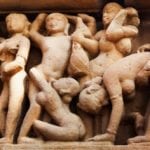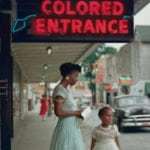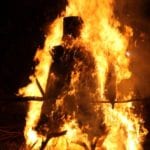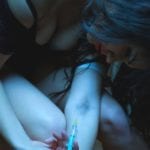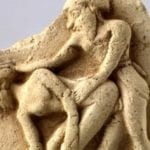 Miscellaneous
Miscellaneous  Miscellaneous
Miscellaneous  History
History 10 Times Governments Banned Colors for Bizarre Reasons
 Health
Health 10 Terrible New Health Findings
 Weird Stuff
Weird Stuff The 10 Biggest Celebrity Death Hoaxes Ever
 Miscellaneous
Miscellaneous 10 Fascinating and Unexpected Uses of Poetry from History
 Movies and TV
Movies and TV 10 Horror Films That Failed to Launch Their Franchise
 Animals
Animals Ten Animals That Are More Musical Than You Might Think
 Technology
Technology 10 Human Inventions That Are Rewriting the Future
 Movies and TV
Movies and TV 10 Memorable Movies That Involve or Hint at Interspecies Romance
 History
History 10 Times Historical Figures Got Humbled
 Miscellaneous
Miscellaneous 10 Allegories That Imagine if Countries Were People
 History
History 10 Times Governments Banned Colors for Bizarre Reasons
 Health
Health 10 Terrible New Health Findings
Who's Behind Listverse?

Jamie Frater
Head Editor
Jamie founded Listverse due to an insatiable desire to share fascinating, obscure, and bizarre facts. He has been a guest speaker on numerous national radio and television stations and is a five time published author.
More About Us Weird Stuff
Weird Stuff The 10 Biggest Celebrity Death Hoaxes Ever
 Miscellaneous
Miscellaneous 10 Fascinating and Unexpected Uses of Poetry from History
 Movies and TV
Movies and TV 10 Horror Films That Failed to Launch Their Franchise
 Animals
Animals Ten Animals That Are More Musical Than You Might Think
 Technology
Technology 10 Human Inventions That Are Rewriting the Future
 Movies and TV
Movies and TV 10 Memorable Movies That Involve or Hint at Interspecies Romance
 History
History 10 Times Historical Figures Got Humbled
10 Marvelous Moments In The History Of Celebrity Autographs
There is a scene in Talledega Nights, where Ricky Bobby (Will Ferrell) is swarmed by a crowd of fans after a NASCAR victory. During the excitement, he accidentally autographs the forehead of his female assistant. Ricky gets annoyed: “Susan, you gotta watch it when I get into autograph mode.”
In today’s pop-culture-crazy society, celebrities pretty much always need to be “in autograph mode.” Sharpies in hand, fans ask famous actors, musicians, and athletes for autographs just about anywhere, and to sign just about anything. David Tenant (of Dr. Who fame) has given an autograph while showering at his gym. Los Angeles Kings goalie, Jonathon Quick, once signed a fan’s half-eaten grilled cheese sandwich, and Breaking Bad‘s Bryan Cranston once autographed a 20×25 centimeter (8×10 in) photo of a woman’s bloody cyst.
Then there are the “body part” autographs. You name the part, someone famous has probably signed it (Google “Lady Gaga penis autograph” if you don’t believe me). But the history of “philography”—celebrity autograph collecting—is far older than these modern celebrity anecdotes. It dates to the 1920s, when fans would mob the likes of Babe Ruth and Jack Dempsey, and even further back to the 19th-century collectors of presidential signatures.
Here are some of the most memorable moments in the history of autographs.
10Neil Armstrong
“Houston, (just in case) we have a problem”
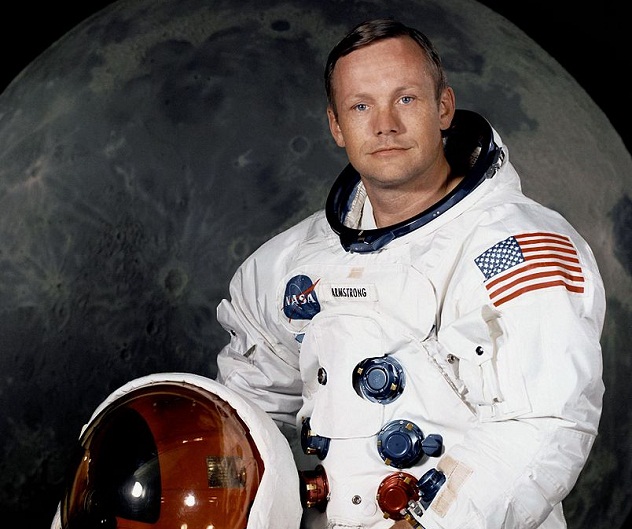
Plenty of celebrities sell their signatures. Why shouldn’t they? But sometimes they try to profit from their autographs in less conventional ways. Hip-hop star Nicki Minaj once got off a traffic ticket by signing an autograph for a police officer. But astronaut Neil Armstrong came up with an even more ingenious idea: signing autographs as an insurance policy.
In 1969, the crew of Apollo 11 prepared for their historic moon mission. They wanted to make sure that their families would be taken care of, just in case something went wrong. After all, flying 400,000 kilometers (250,000 mi) to the moon and back was risky business, and getting a regular insurance policy was far too expensive for an astronaut’s modest $17,000 salary. So—while living in isolation for a month leading up to their mission—the astronauts signed hundreds of envelopes that they gave to their families to be sold in case, God forbid, they died in space.
Thankfully, the moon mission was a success, and their unique insurance policy was not cashed in. It is not clear what happened to all the pre-mission Apollo 11 autographs, but toward the end of his life, Neil Armstrong’s autograph—at $7,500 a pop—had ranked as the most valuable among living celebrities.
9Stephen King
A Crappy Autograph Story

Stephen King, whose horror novels have sold more than 350 million copies worldwide, is no stranger to autograph seekers. But one of the first autographs he ever gave remains his most memorable. In his mid-twenties, King was in Pittsburgh doing a promotional book tour for his novel The Shining. After a day of television and radio interviews, King attended a dinner at a fancy restaurant overlooking the Steel City. Apparently, Pittsburgh’s food didn’t sit too well with King, and he had to excuse himself for an emergency visit to the men’s room.
The washroom was decked out with columns and marble finishings, and had its own attendant—a thin, bald man, whom King remembers looking 108 years old. The only things the swank restroom was missing were doors on the stalls. So there was King, sitting on the john, thinking things couldn’t get any worse, when—yup, you guessed it—along came the washroom attendant with a pad and a pen. King recalls: “For the first time in my life someone said: ‘Aren’t you Stephen King? I saw you on AM Pittsburgh. Can I have your autograph?’ ” And so, America’s “King of Horror” gave an autograph while sitting on the toilet.
8Veruska Ramirez
A Queen’s Ransom
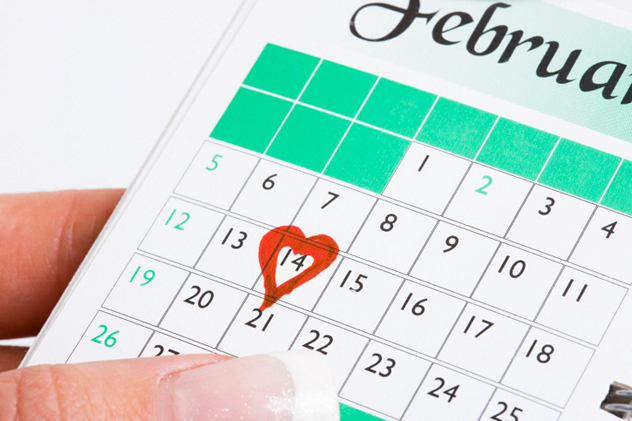
In 2003, Veruska Ramirez was kidnapped while driving in the Venezuelan city of Valencia. When her captors asked her name, they were surprised to discover that they had kidnapped a model and former Miss Venezuela. Fortunately, the ex-beauty queen—also a runner-up at the 1998 Miss Universe pageant—was released unharmed after a three-hour ordeal.
It turns out that Ramirez was able to negotiate her own release. After the kidnappers took a large sum of money and her personal belongings, they found a box in the car, containing 15 calendars of naked photographs of Ramirez. As an added ransom, her captors made her autograph the calendars, before finally letting her go on a city street. A fortunate ending . . . and proof that, sometimes, signing an autograph may be a matter of life and death.
7Abe Lincoln
No Sentimental Fool
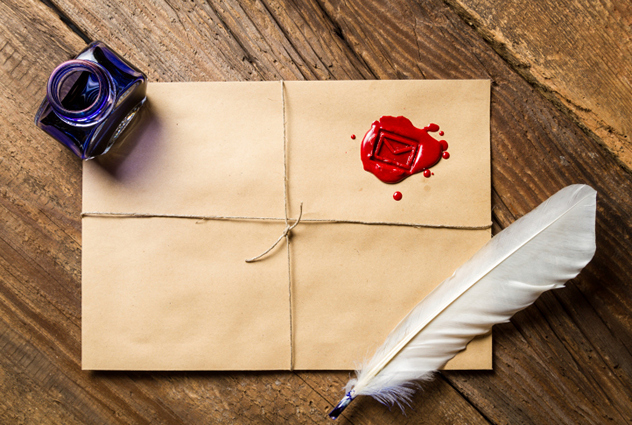
As the Spring story suggests, autographs of US presidents are a hot commodity for autograph collectors. From James Monroe to Barack Obama, American presidents have been flooded with signing requests. Abraham Lincoln was no exception.
On one occasion, during a time of national crisis, Lincoln received a letter from a woman that caught his attention. The request was unique in two ways. First, the woman had failed to provide a self-addressed, stamped envelope. Second, she was requesting not only his signature, but also a “sentiment”—some words of wisdom from the President. Lincoln, who was apparently irritated by such petty requests during the Civil War, responded:
“Dear Madam:
When you ask from a stranger that which is of interest only to yourself, always enclose a stamp. There’s your sentiment, and here’s my autograph.
A. Lincoln.”
6Donald Sutherland
Full Of It
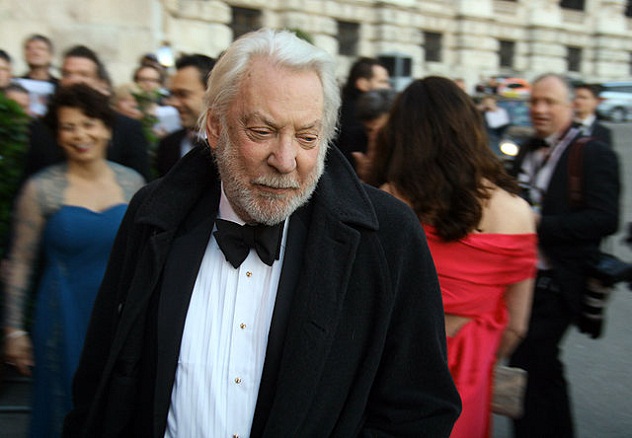
Sometimes, autograph seekers aren’t looking for life lessons with their celebrity signatures. Award-winning actor Donald Sutherland learned this the hard way. In his younger days, while shooting the movie Klute in 1971, Sutherland received a letter from a fan, who wanted an autograph for his daughter.
He showed the letter to his co-star (and then-girlfriend) Jane Fonda, who told him not to sign it. The politically-minded Fonda reasoned that by signing autographs, movie actors implied that they were superior to others. Sutherland apparently agreed, so he sent a letter to the man, stating his reasons for refusing the request. To his surprise, the man wrote him back:
“Dear Mr. Sutherland, thank you for your letter. We think you are full of it, but we ripped off the signature and gave it to our daughter.”
5Babe Ruth
The “King of Signing”
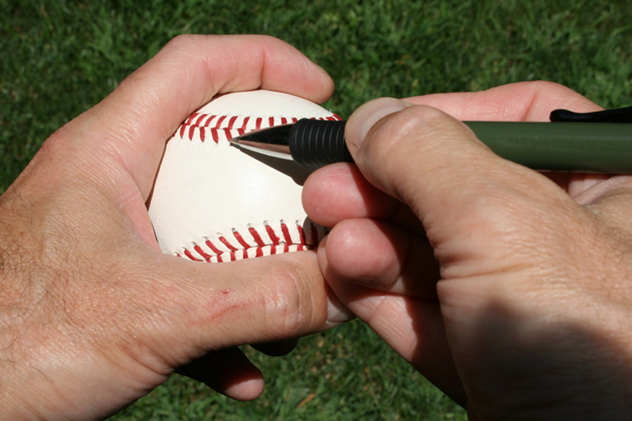
No list of famous autographs would be complete without a Babe Ruth story. “The King of Swing” was famously generous with his autograph, signing his name on over 100,000 baseballs and cards. As it turns out, his pen was not always able to keep up with the demand. So, like many celebs, he found himself using a “ghost signer.” Marshall Hunt, a sportswriter for the New York Daily News, was one of Ruth’s “hired pens.” He recalls:
“The Babe had promised to autograph a couple of hundred baseballs. So he came down to my room and asked me to do him a favor. ‘What is it, Babe?’ I asked him. ‘Well, there’s a bunch of baseballs on my bed. Will you autograph ‘em as fast as you can? And then just leave ’em on the bed?’ I autographed about 250, and the Babe came back . . . and knocked on my door. I was reading. He said, ‘I saw the baseballs and they’re good. Thank you a lot.’ The next morning I was having breakfast and Babe came over to my table and said, ‘Say, kid, don’t get too good with that pen.’ ” Not surprisingly, Babe Ruth’s autograph remains one of the most forged sports memorabilia signatures.
Bonus Babe story: In the 1920s—at the height of Ruth’s popularity—an autograph collector sent Herbert Hoover a letter, asking for three autographs from the President. Why three? The collector wanted one for himself and two to trade for a Babe Ruth autograph! Hoover, amused, obliged with the three signatures.
4Pablo Picasso
Can I Have Your “Artograph”?
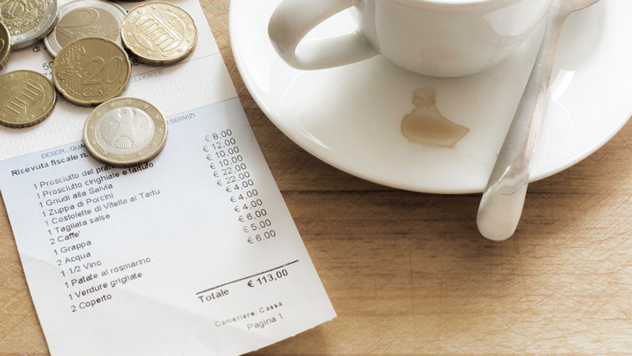
When you’re a celebrity artist, fans sometimes want more than an autograph. Such was the case for Pablo Picasso, perhaps the most famous artist of the 20th century. Picasso was often asked not just for his signature, but for a signed sketch or drawing.
Once, during a beach vacation in the south of France, he was approached by a small boy with a piece of paper. Figuring the boy had been sent by his parents, he promptly tore up the paper and proceeded to draw a few designs on the boy’s back. He signed the sketch and sent the child back to his parents. Recalling the incident later, he remarked: “I wonder if they’ll ever wash him again?”
Picasso was obviously aware of the value of his “artographs.” Once, when asked by a restaurant owner if he would like to pay for his meal with a signed sketch, he replied: “I only want to pay my bill, not buy the restaurant.”
3Shirley Temple Meets Bad Santa
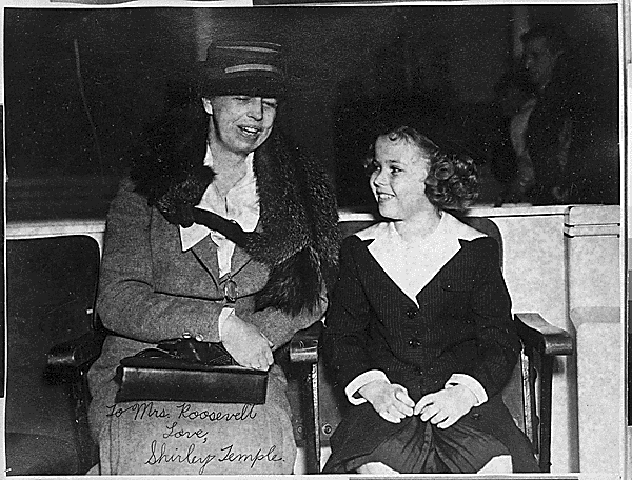
Even child celebrities have to deal with crazy fans wanting their autographs. America’s first child movie star, Shirley Temple, was no exception. By the time she was in first grade, she was one of the most recognizable actresses in Hollywood. She charmed audiences in films like Little Miss Marker and Bright Eyes. The Shirley Temple doll was the must-have gift during the Christmas shopping season. Whenever she went out in public, she was mobbed by fans.
In 1934, one encounter with an unusual autograph-seeker led to a heart-breaking discovery. “I stopped believing in Santa Claus when I was six,” she recalls. “Mother took me to see him in a department store and he asked for my autograph.”
2Robert Spring
The Original Autograph Forger
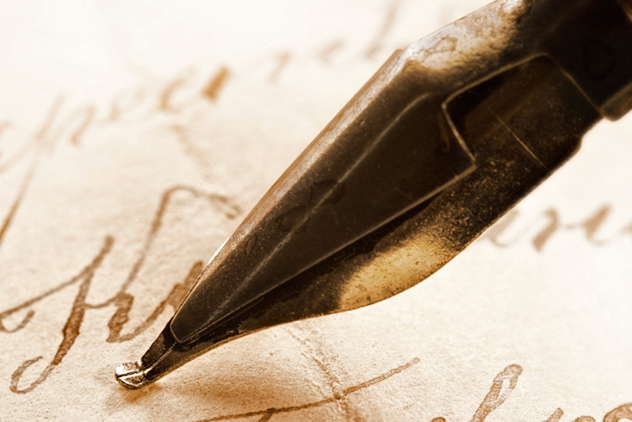
Today, autographed memorabilia is a multi-billion-dollar industry, but even back in the 1800s, people were willing to pay good money for a famous signature. Then, as now, the marketplace was riddled with forgers trying to cash in on the demand for celebrity autographs.
Robert “Forger” Spring was America’s first great autograph counterfeiter. In 1858, Spring opened a bookstore in Philadelphia. But, apparently, the book trade was slow, so he started a side business—creating and selling phony documents. Using his own ink recipe and blank sheets cut from old books, he began forging letters in the handwriting of Benjamin Franklin, Horatio Nelson, and George Washington. Sometimes, he would buy authentic documents, trace them onto paper (which he “aged” with coffee grounds), and sold as many copies as he could. One of his best-selling Washington forgeries was a signed pass to cross American lines during the Revolution, with varying names and dates for authenticity.
Wanting to create a believable backstory for his documents, Spring would pose as a widow or a daughter, supposedly selling her family papers in order to deal with financial problems. His most famous alter ego was a fictionalized daughter of General “Stonewall” Jackson. After 10 years of booming business, Spring was finally caught, confessed to his crimes, and imprisoned. Ironically, Spring’s forgeries have acquired a certain value among collectors, though many of his documents likely remain unidentified in collections around the world.
1“John Lennon 1980”
A Tragic Last Autograph
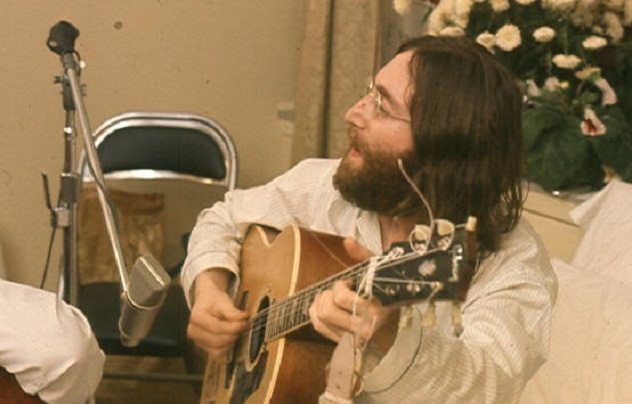
The most infamous autograph story involves real tragedy. On December 8, 1980, John Lennon left his New York City apartment for a recording session. As Lennon exited his building in the late afternoon he obliged a fan, Mark David Chapman, with an autograph. He signed “John Lennon 1980” on a copy of his The Double Fantasy album. When the ex-Beatle returned five hours later, Chapman was waiting for him, fatally shooting him four times in the back. Chapman pleaded guilty to second-degree murder (he remains in prison, having been denied parole seven times). Eerily, photographer Paul Goresh snapped a picture of Lennon signing the album, with Chapman in the background.
What happened to the autographed album is an amazing story. The album was found the night of the murder by a Philip Michael, a maintenance man from New Jersey. After attending a wrestling match at Madison Square Garden, he made his way home. He stumbled upon the crime scene just moments after the shooting, as a crowd was beginning to form. By chance, Michael found the album—which Chapman had hidden in a tall flower urn, in front of Lennon’s building. Later, when he realized that the album had belonged to Chapman, he handed it over to the police, as evidence.
But he eventually got it back—complete with Chapman’s dusty fingerprints circled by investigators—and kept it under his mattress for 17 years. Michael eventually sold it to a California collector for $460,000, in 1999. It was put up for sale again in 2012, for a whopping $850,000. New York autograph dealer, Gary Zimet, calls the autographed album “the most extraordinary artefact in rock and roll history.”


